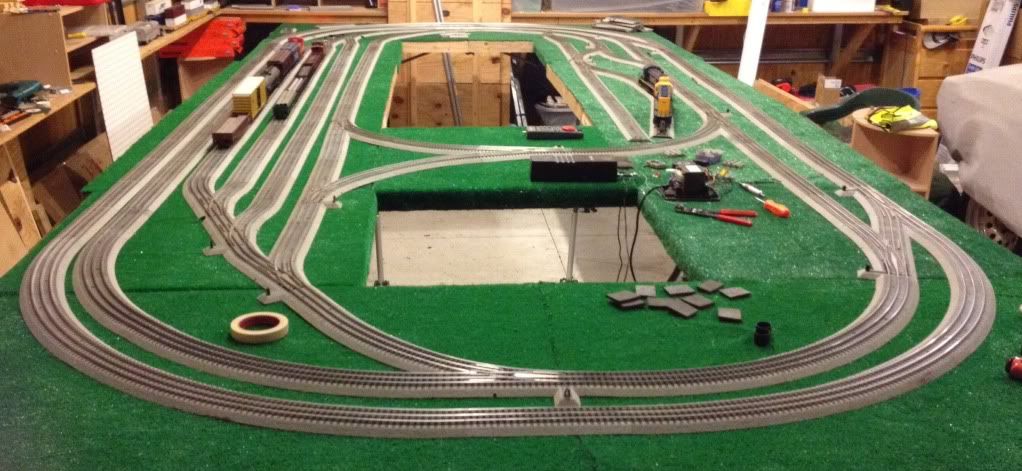Yeah, another "how do I quiet down my FasTrack" thread! On my first layout I just screwed it down the 3/4 plywood base on table. Safe to say this was a mistake and the noise is too much. I know most people use a layer of 2" pink foam and I plan to go that route as I rebuild my layout so I can sculpt in some terrain details. I really do wonder how well pink foam will work. When you're trying to reduce noise the last thing you want are materials that are smooth and solid. At the game studio I recently worked at our recording room was line with soft eggshell foam, not rigid smooth materials. The sound guys I've talked to say the key is soft surfaces and irregular angles. To that end I was thinking about adding strips of weather seal foam tape to the cavities in the FasTrack. It's pretty inexpensive and easy to apply. That should reduce the space for vibrations to resonate within the track. I was also thinking of adding a layer of carpet foam between the pink foam and plywood to dampen the vibrations. I know it will never be silent but right now the sound drowns out the noise of the locomotives.
Thoughts? Other ideas?








